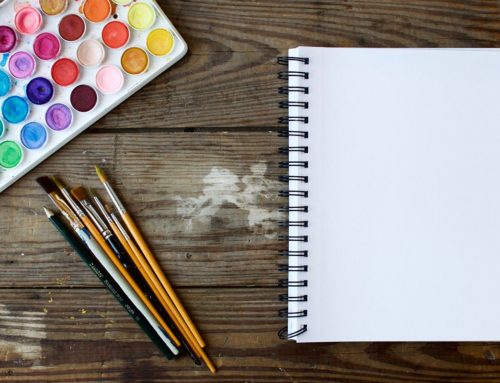 |
Jim Williams in his lab at Linear Tech, with his beloved Tek scopes and assorted breadboards. |
I was saddened to learn last year of the passing of Jim Williams. He died on June 10, 2011 of a massive stroke. As a young, impressionable MIT undergraduate physics student, I met Jim, who was working on a slew of exciting instrumentation projects for various groups around the Institute.
Even though it was nearly 40 years ago, I remember so vividly many of the occasions he came to the Molecular Beams Lab or I visited him in his lab in Bld 20.
He used to say that temperature affected everything and had this foot diameter spherical ball of Styrofoam in which he embedded thermistors. We sat and watched slow thermal pulses travel through the sphere as he pulsed a thermistor as a heater and used the others as sensors.
Our lab used Keithley 602 Electrometers, with incredibility high input resistance tubes as the front end, to measure sub pico amps of current. He came to our lab one day with a new electrometer opamp chip (maybe it was from ADI) which we immediately used to build our own electrometers. He demonstrated it by building a 24 hour analog clock, with a simple ammeter dial as the indicator, which charged up a Teflon capacitor through a 10^10 Ohm resistor. He came to our lab just before midnight one night so we could all stand around and watch the clock reset after it reached 24. We cheered!
He worked for a few years with the Nutrition and Food Sciences Dept at MIT, building equipment for them. Once he built a scale that was so sensitive he could stand on it, take a bite out of a donut and measure the weight of the bite. He had to add a low frequency notch filter to take out the heartbeat of the user as the blood flowed up and down the femur arteries, modulating the weight on the scale.
He told me once of a consulting job he picked up at an art museum in Boston. He noticed they had wires connecting each painting in series. He figured it was just a series resistance connection with a sensor looking for an open. He walked into the director’s office, told him he could defeat their system and could show them how to fix it to protect it from this method of attack.
Sure enough, he said he used clip leads on either side of the wires connecting a painting, cut the painting from the leads and took it off the wall without their security system reacting. All he did was add a very sensitive 4-point low resistance Ohm meter to the sensor circuit that could detect a change in resistance of less than 1 milliohm and could tell if a wire were shorted.
 When you walked into his lab in bld 20, you would hear a pulsing beat, once every 5 seconds. He had a three foot long Plexiglas tube with speakers at the ends. He sent a pulse down the tube with one speaker, using the other as the sensor, measured the time delay precisely, and then translated this into a speed and then a temperature and displayed the temperature to 0.1 deg F on a 4 digit LED display.
When you walked into his lab in bld 20, you would hear a pulsing beat, once every 5 seconds. He had a three foot long Plexiglas tube with speakers at the ends. He sent a pulse down the tube with one speaker, using the other as the sensor, measured the time delay precisely, and then translated this into a speed and then a temperature and displayed the temperature to 0.1 deg F on a 4 digit LED display.
I learned most of what I know about the art of analog design from late night impromptu visits over coffee and donuts. And here I am, almost 40 years later, and still remember the impact he had on so impressionable a newbie physicist-to-be-kid.




